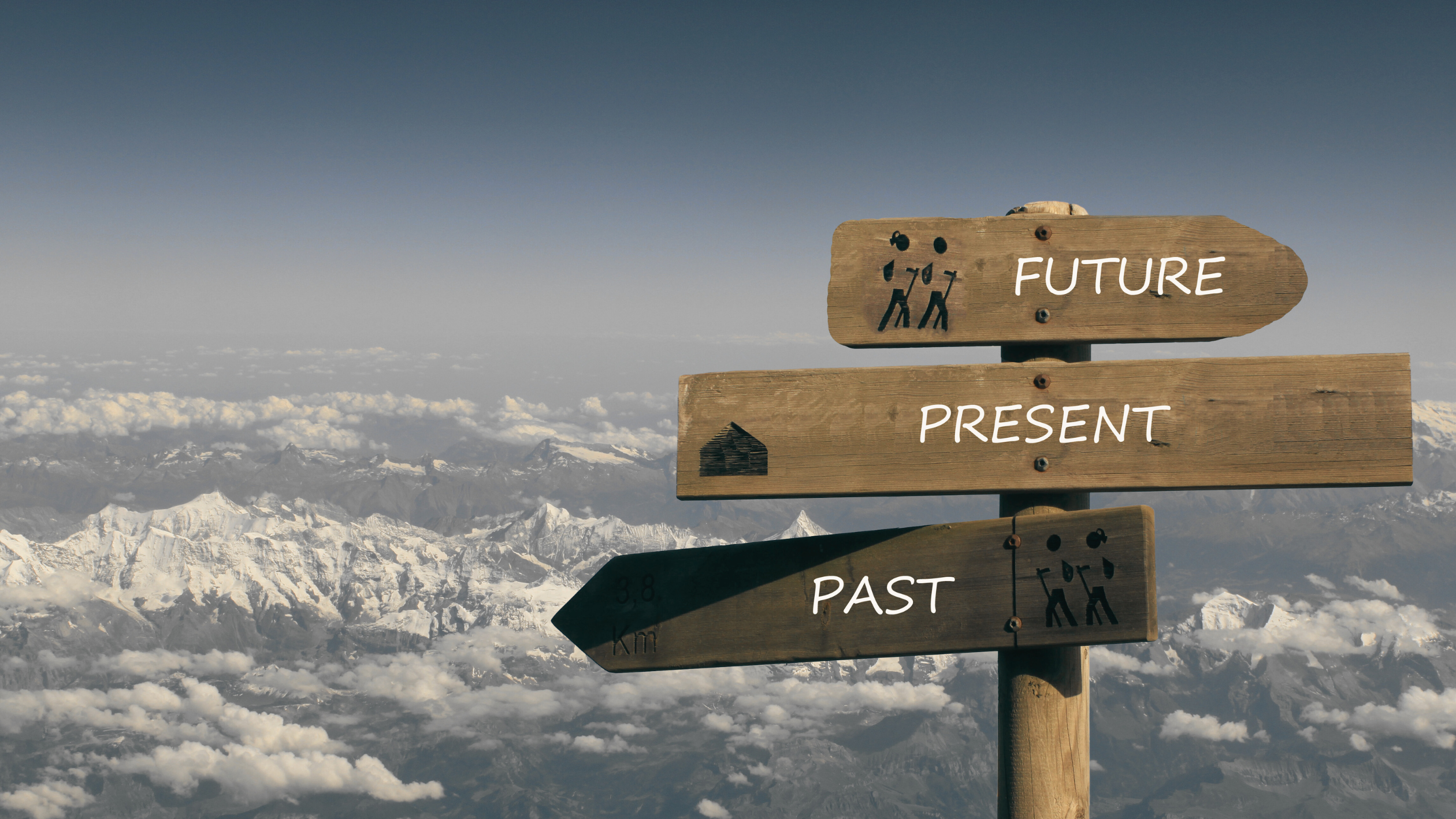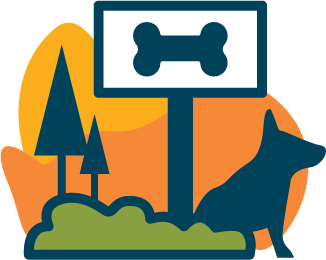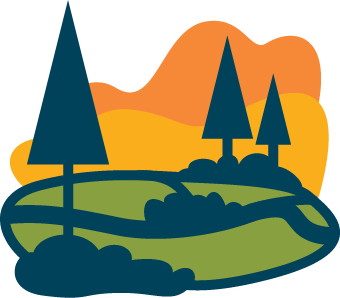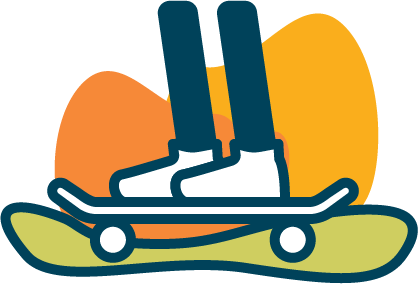
December is often a month of reflection, the approaching year-end prompting us to look back. As this year saw the start of the RWP Heritage Engagement Project, I thought I might reflect on the first phase of this undertaking. Doing so helps pave the way for what’s to come.
For those unfamiliar, the Heritage Engagement Project (HEP) is a public engagement effort to connect the Western New York community (and all park stakeholders) to the 110-million dollar renovation transforming the former LaSalle Park into Ralph Wilson Park. The project utilizes the lens of heritage to do so. Its goal is to connect people by stressing the value of the park as both an inheritance from our past and a place we can pass on to the future.
As an anthropologist and archaeologist, I have worked on heritage projects elsewhere. This is my first, however, at a place comparatively not very ancient. In my professional circles, heritage often describes places, objects, or knowledge sets that have survived thousands of years. But the park at the Buffalo waterfront is young in the world of heritage. Less than a hundred years ago, dredging at the lakeshore shaped it into a public greenspace. Of course, the lakeshore itself is not young. The lake and the surrounding land have a long history beyond the form they took when Buffalo built a park. Regardless of whether we are talking about its old or young form, this park can be viewed as a piece of heritage.
In its short history as a park, our waterfront greenspace has experienced so much. We can’t count the number of events the park hosted, the children it entertained, the dogs it exercised, the walkers it provided paths for, the sports teams it supported, the families it connected, or the moments with nature it gave to its community. Innumerable, these gifts are part of the park’s short but important past. Because of this, it’s important to share what came before the present redesign and before the future form of the new Ralph Wilson Park. To forget this past would be amiss. And so, the Conservancy launched HEP, asking me to help connect the past, present, and future of this piece of Buffalo heritage.
Understanding the past has always been important to me. I would be a terrible archaeologist if I felt otherwise. But this work has opened my eyes to the synergy possible when you pay close attention to the past, the present and the future. Rather than focus on just one of these time frames, heritage allows us to combine them. Ultimately, this can create something bigger than the sum of their individual parts.
While prioritizing many time frames is valuable, it’s not always easily done. Some of us are very past-oriented, championing the preservation of history above all else. Those who value this time frame may not like change. Nostalgia encourages us to immortalize what played a prominent role in our past; efforts to modernize a place for better use in the present and survival in the future make us uncomfortable. On the other hand, those who are present-minded may see little point in dwelling on the past. Why bother with what has come and gone? What do black-and-white photos from the past have to do with a park we want access to right now? Those focused on the present may not be particularly interested in thinking too far forward either. It may seem less urgent to prioritize the well-being of future generations when the community has needs today. And lastly, some of us are predominantly future-oriented. We see great value in working for a better future, tirelessly encouraging others to think big picture. We care how our actions today create waves of change that improve (or degrade) where we are headed. Those people have no problem changing what has always been, or even giving up benefits right now, in pursuit for something greater down the line.
The goal of this project is to show the value of connecting past, present, and future. When approaching big changes to our environment, connecting people to a place on all three time frames can be powerful. We see the acknowledgement of history, the attention to needs of the current community, and the possibilities of the future come together in a bold agenda. Building a park that fosters community, connects us with nature, and explores our past while giving us something to pass on to our future ensures a small but mighty legacy.
In 2023, we started to explore themes that synergize the past, present, and future at the Buffalo waterfront. We explored the history of the park’s day laborers, considered present-day challenges with changing a place’s name, and explored future health-boosting benefits of building neighborliness at the new park. In September, we shared exciting changes to the park aimed at kids while exploring the importance of including them in heritage-building. In other months, we linked the redesign of this park with global efforts. In May, we explored how building heritage connects the Conservancy’s work to the United Nations’ Sustainable Development Goals (SDGs). In November, we celebrated the science used to reform the park at a time when science was being celebrated around the world. These topics might seem disparate, but they are all connected to HEP’s goal to build a place of heritage.
Reflecting back is an excellent way to consider how to move forward. After reviewing what HEP included in 2023, I am even more excited for what’s to come. We will continue to explore the connection between past, present, and future as the park itself moves closer to its final form.There are more heritage-building topics to explore on the blog and on social media, but we are thinking about other engagement opportunities as well. Future in-person programming could be inspired by HEP topics. For example, I am currently writing about ‘plant blindness’ and the loss of common knowledge on our environment’s greenery, to share in January. This topic makes me dream about in-person events. A springtime workshop at the park could focus on reconnecting us with knowledge we as humans once held. It could reverse the widespread loss of plant knowledge by teaching about the native plant habitats included in the redesign. Meanwhile, I have also been working on a digital exhibit of the park’s past, present, and future. This resource will soon make it even easier to connect local schools, community members, and park stakeholders to this place. I hope community engagement will grow as HEP grows. By the time the park reaches its final form, I hope we have built a lasting piece of heritage, both in the physical space and in the minds of the people of Buffalo.
I’ll close by sharing a more general observation, from the perspective of an anthropologist. Tough events of the past few years have made many of us yearn for good things. Community and community-building activities, those are good things. Our desire for them highlights something that makes us distinct as a species – our need for connection with others. So, no matter where you are reading from, may your 2024 be filled with positive connections to those around you. And may we all continue to find ways to build community, both at our parks, but in other places as well.
Wishing you a very happy holiday, from my family to yours.
Dr. Kathryn Grow Allen (Katie A.)
All of the Heritage Engagement Project blog posts are now in one spot. Check out our new HEP page for past and future reading on heritage-building at Ralph Wilson Park.









